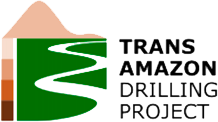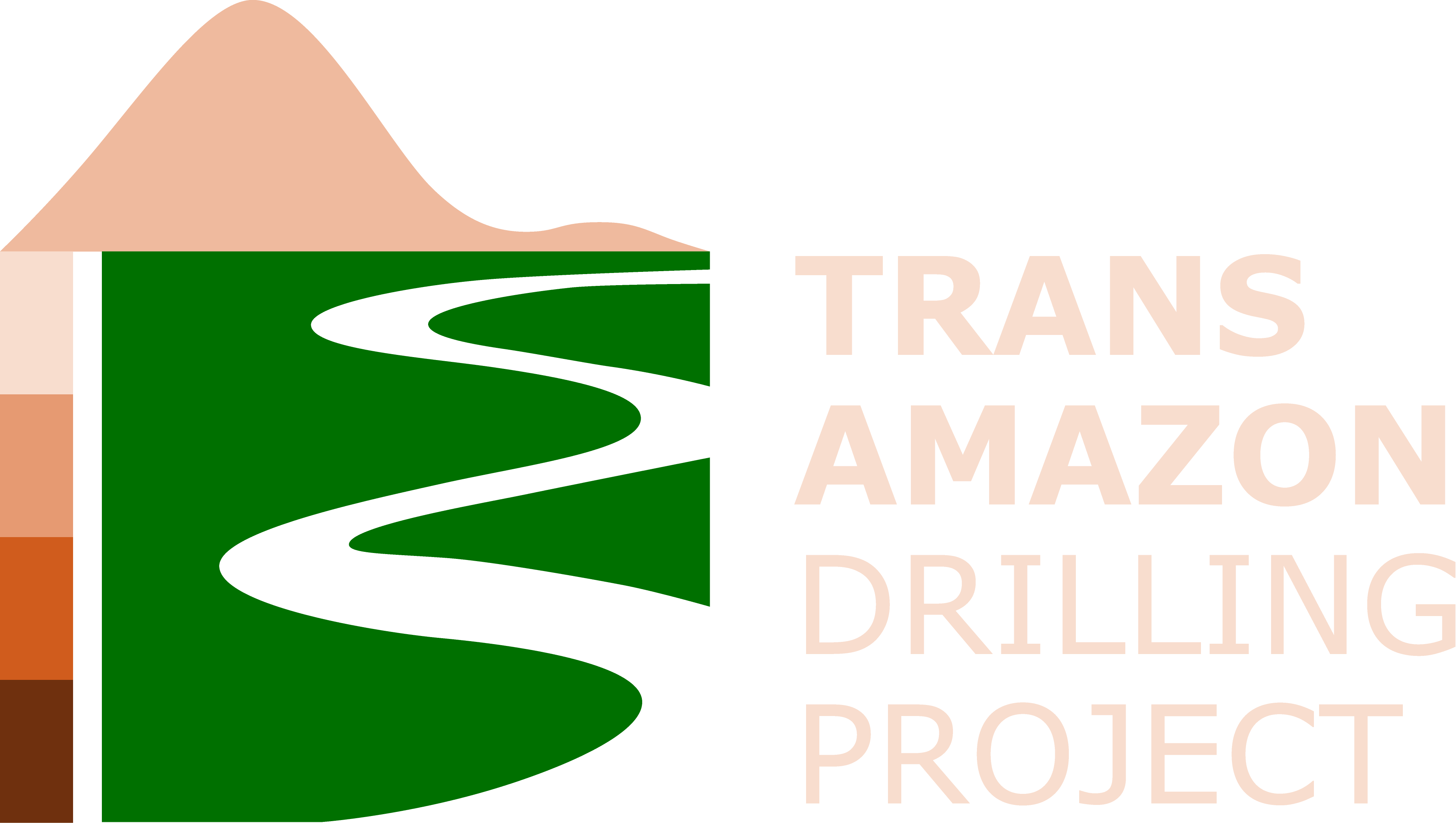Outreach campaigns
In the Acre Basin, the Solimões Formation unconformably overlies the Ramon Formation, but this unconformity is probably not long-lived. The Solimões Formation is of Eocene to late Miocene age, with dominantly fine-grained, fluvio-lacustrine sediments. Only late Miocene sediments are exposed. The Solimões Formation in the Acre Basin was slightly deformed during the Mio-Pliocene Andean orogenesis. The Bata-Cruzeiro and the Moa-Jaquirana faults were reactivated at this time, causing uplift of the Serra do Divisor range on the Brazil-Peru border and re-routing major drainages of the region.
Acre campaign
The Acre Basin of westernmost Brazil is an extension of the Peruvian Ucayali and Madre de Dios foreland basins. Here, the maximum thickness of the Cenozoic section is about 2000 m. The oldest sediments of interest to our project are Upper Cretaceous fluvio-deltaic mudstones of the Rio Azul and Divisor Formations and shallow to transitional marine sediments of the Paleocene-lower Eocene Ramon Formation. Following Eocene Andean orogenic phases, shallow marine and lacustrine shales, sands, and red beds were deposited, comprising the Poza, Chambira, Pebas, and Ypururu Formations of eastern Peru and the Solimões Formation of western Brazil.
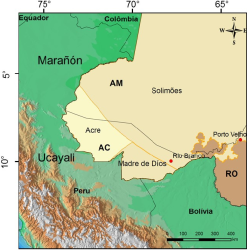
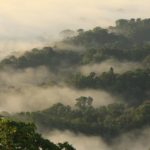
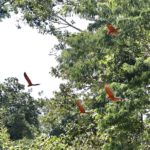
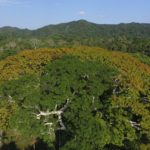
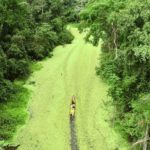
Activity 1
The Acre Basin of westernmost Brazil is an extension of the Peruvian Ucayali and Madre de Dios foreland basins. Here, the maximum thickness of the Cenozoic section is about 2000 m.




Activity 2
The Acre Basin of westernmost Brazil is an extension of the Peruvian Ucayali and Madre de Dios foreland basins. Here, the maximum thickness of the Cenozoic section is about 2000 m.




Activity 3
The Acre Basin of westernmost Brazil is an extension of the Peruvian Ucayali and Madre de Dios foreland basins. Here, the maximum thickness of the Cenozoic section is about 2000 m.
Marajó campaign
The Acre Basin of westernmost Brazil is an extension of the Peruvian Ucayali and Madre de Dios foreland basins. Here, the maximum thickness of the Cenozoic section is about 2000 m. The oldest sediments of interest to our project are Upper Cretaceous fluvio-deltaic mudstones of the Rio Azul and Divisor Formations and shallow to transitional marine sediments of the Paleocene-lower Eocene Ramon Formation. Following Eocene Andean orogenic phases, shallow marine and lacustrine shales, sands, and red beds were deposited, comprising the Poza, Chambira, Pebas, and Ypururu Formations of eastern Peru and the Solimões Formation of western Brazil.





Activity 1
The Acre Basin of westernmost Brazil is an extension of the Peruvian Ucayali and Madre de Dios foreland basins. Here, the maximum thickness of the Cenozoic section is about 2000 m.




Activity 2
The Acre Basin of westernmost Brazil is an extension of the Peruvian Ucayali and Madre de Dios foreland basins. Here, the maximum thickness of the Cenozoic section is about 2000 m.




Activity 3
The Acre Basin of westernmost Brazil is an extension of the Peruvian Ucayali and Madre de Dios foreland basins. Here, the maximum thickness of the Cenozoic section is about 2000 m.
